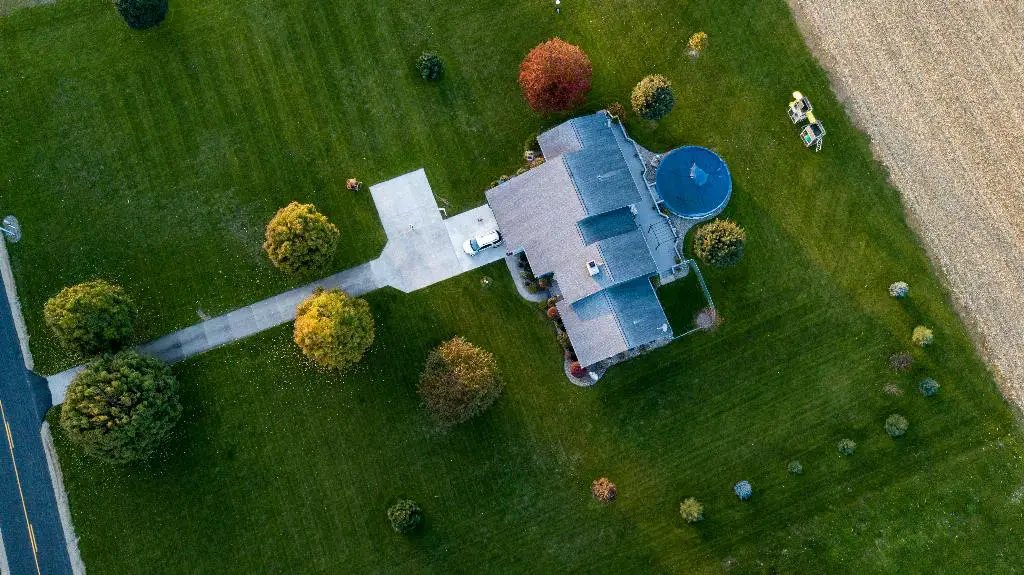When it comes to maintaining a healthy and vibrant lawn, the question of whether grass clippings are beneficial is a common one among homeowners. Let’s delve into the various aspects of this topic to understand the impact of grass clippings on your lawn.
One of the key benefits of leaving grass clippings on the lawn is that they serve as a valuable source of nutrients for the soil. By recycling clippings back into the lawn, you can reduce the need for synthetic fertilizers, particularly nitrogen-based ones. This practice not only promotes sustainability but also helps in maintaining a balanced nutrient cycle in your lawn.
In addition to providing essential nutrients, grass clippings can also aid in improving the soil structure. Organic matter from clippings contributes to soil health, especially in soil types that are sandy, heavy clay, or low in organic content. The decomposition of grass clippings enriches the soil with valuable organic material, leading to better water retention and overall soil quality.
Regularly leaving grass clippings on the lawn can significantly reduce the amount of yard waste generated during mowing sessions. Instead of bagging and disposing of clippings, incorporating them back into the lawn allows for natural recycling of nutrients and organic matter. This not only saves time and effort but also aligns with sustainable lawn care practices.
Contrary to common misconceptions, leaving grass clippings on the lawn does not contribute to thatch buildup. Thatch is primarily composed of dead roots and stems, not grass blades. In fact, grass clippings decompose relatively quickly and do not contribute significantly to thatch accumulation when managed properly.
Some concerns may arise regarding the appearance of the lawn when grass clippings are left on the surface. However, by mowing frequently and ensuring proper mowing techniques, such as not removing more than one-third of the grass blade length, you can maintain a tidy and manicured lawn while still benefiting from the nutrients provided by the clippings.
It’s important to note that not all grass clippings are created equal. Avoid leaving clumps of clippings on the lawn, as these can inhibit sunlight and air circulation, potentially leading to turf diseases. Instead, distribute the clippings evenly across the lawn to promote efficient decomposition and nutrient cycling.
For homeowners who prefer a neater aesthetic, grass clippings can also be collected and composted for later use in gardens or flower beds. This allows you to harness the nutrient-rich properties of the clippings while maintaining a tidy lawn appearance.
In conclusion, grass clippings can indeed be beneficial for the lawn in numerous ways. By recycling clippings back into the soil, you can enhance nutrient availability, improve soil structure, reduce waste, and promote sustainable lawn care practices. With proper mowing techniques and a strategic approach to managing grass clippings, you can reap the rewards of a healthier and more resilient lawn.

